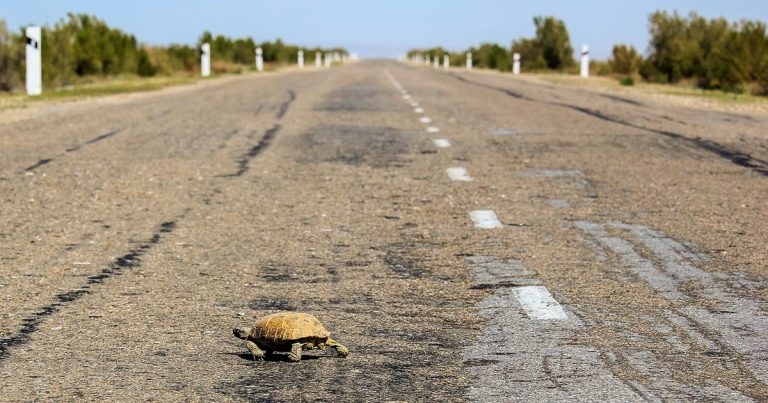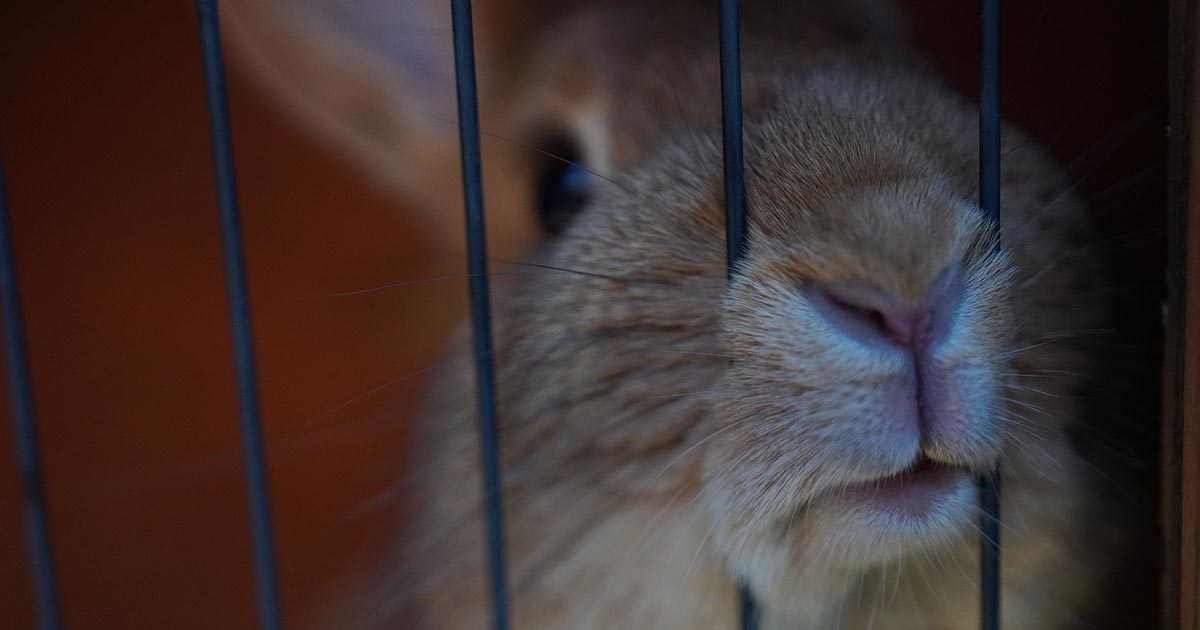19 Apr 2020
Never assume, because when you ASSUME, you make an ASS out of U and ME. You also run the risk of compromising the welfare of any animal in your charge, as Jane Davidson explains.

Image by Anton Abramov from Pixabay
We know with people that stereotyping leads to assumptions and judgements that may be unhelpful – so is this the case with animals, too?
I’ve pondered this question for a while and, while it seems we are trying to address this with regard to dog welfare, it strikes me it affects all animals. We recognise issues with “handbag” dogs and the effect on canine behaviour, but do we miss what a stereotype does to other pets?
My first thought on this is always…
Using the word “stray” in the same sentence as “tortoise” usually gets a laugh from those who do not know tortoises (surely, the slow and ungainly tortoise couldn’t wander so far it would get lost?), and I wonder how many tortoises wander off and never get back home because the owners have assumed they couldn’t get far.
Yet tortoises are adept at digging holes under fences and climbing walls. They also use their shells as battering rams and are very determined, single-minded creatures. So when the concept of a “stray” tortoise is laughed at, does this mean people don’t consider how best to house them safely or keep them from harm when roaming around a garden?
Does the stereotype then feed into poor care? I believe it may.
The other scenario I consider for this concerns the poor rabbit.
I know there is much better information out there on keeping rabbits – a situation that has improved vastly in recent years – but the stereotype of the cute, cuddly bunny is enforced by soft toys and cartoons more than live creatures. These stereotypes then feed into the products sold for rabbits.

The tiny hutches and cages available seem “fine” because the bunnies most people associate with sit around and don’t do much other than look cute. However, the typical rabbit’s daily activities of running, jumping and digging (LOTS of digging) are curtailed by accommodation that cannot meet their needs.
The history of rabbit hutches goes back to the Romans who started to farm rabbits.
Hutches were designed to prevent rabbits digging as they had been tunneling out of their fenced-in scrub land. So they were not designed to provide a happy life for a rabbit, yet, because the public image of a rabbit is as a docile, low activity animal, they are still used.
Sometimes the stereotypes of animals may be having an impact on their welfare now – and while we can’t change the world in one day, we can advise on good welfare where we see an animal is challenged.